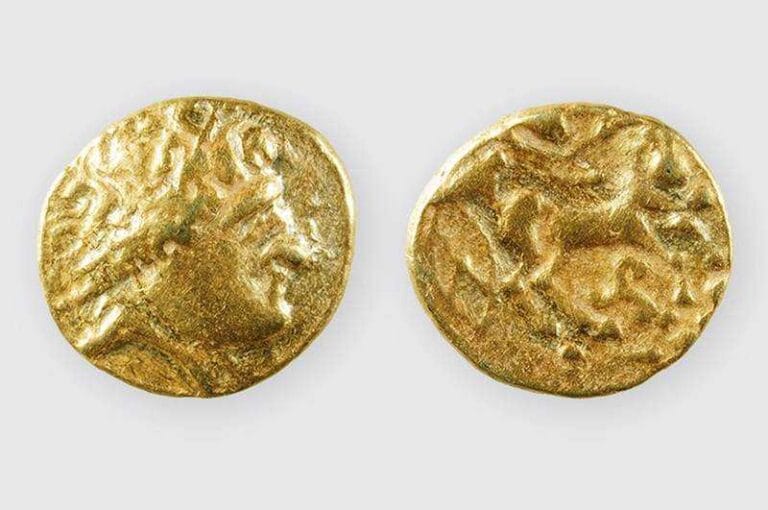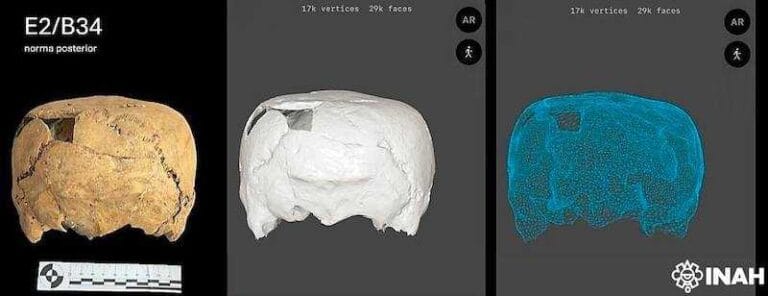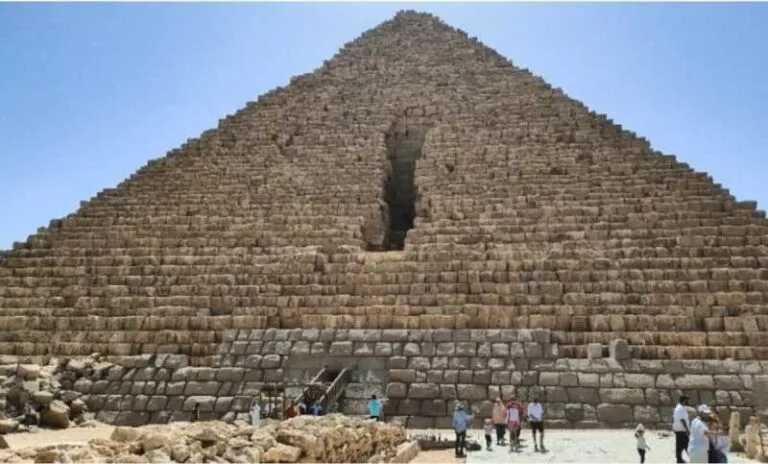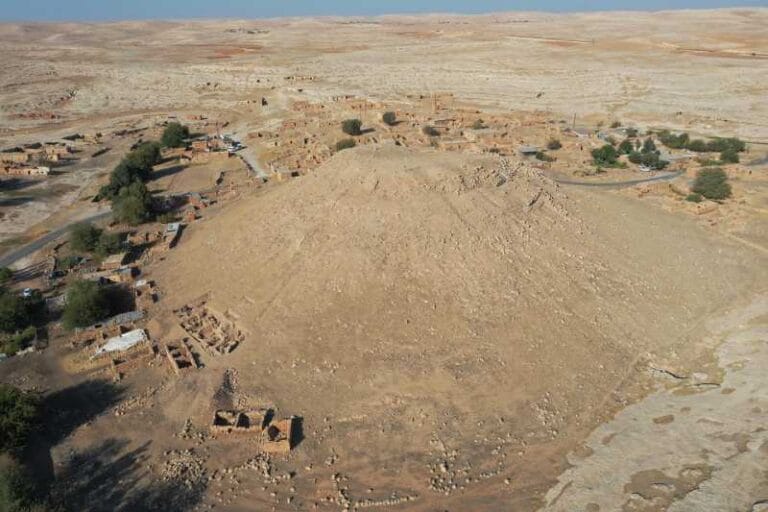Middle Kingdom Tombs Filled with Jewelry in Luxor, Egypt
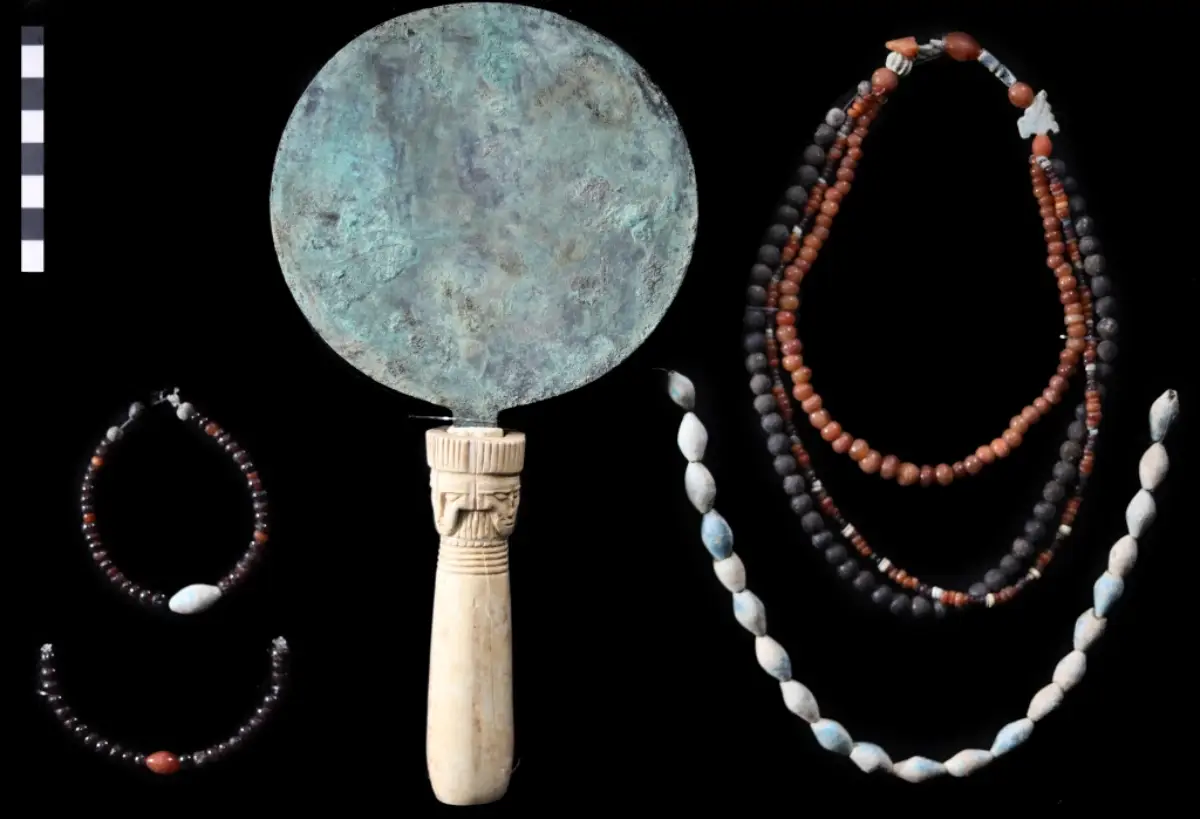
Archaeologists from the South Asasif Conservation Project, an Egyptian-American mission under the auspices of the Ministry of Tourism and Antiquities of Egypt, have unearthed a tomb approximately 4,000 years old in the South Asasif necropolis.
The tomb, dating to the Middle Kingdom period (1938 BC – 1630 BC), is the first of its kind found in the region and reveals a rich collection of grave goods and highly sophisticated jewelry, offering new insights into the burial practices and rituals of the time.
The tomb contains 11 burials, many still sealed, including men, women, and children. The female burials, in particular, are adorned with jewelry in excellent condition, such as amulets, scarab rings, and girdles of carnelian necklaces. Among the most impressive discoveries are two copper mirrors with ivory handles. One mirror has a lotus-shaped handle, while the other features a rare representation of the goddess Hathor with four faces.
“One of the mirrors was found with a lotus-shaped handle, while the second displays the rare design of Hathor with four faces, presenting her as a woman with austere features,” explained Dr. Elena Pischikova, director of the South Asasif Conservation Project, who led the excavation.
The amulets incorporated into the jewelry are a rich symbolic mix, including hippo heads, hawks, ba amulets, wedjat eyes, Taweret amulets, and a snake head. A standout piece is a necklace made of 30 amethyst barrel beads with a central amazonite ba amulet, as well as a girdle of carnelian ball beads interspersed with blue faience.
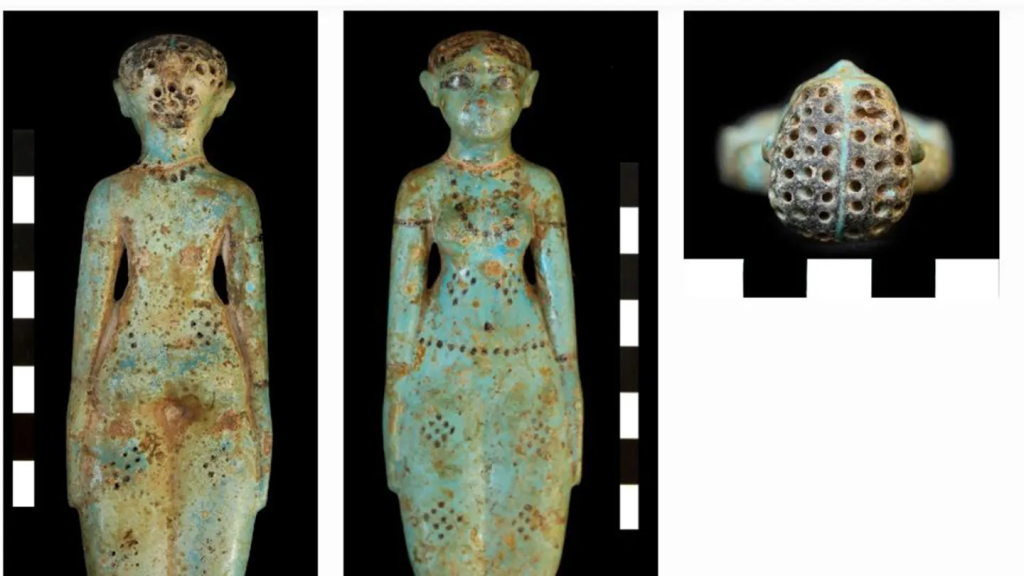
Another remarkable artifact is a green-blue glazed faience fertility figurine, considered an “important find” by the team of archaeologists.
“It is well-modeled and decorated with a variety of jewelry and lozenge markings on the legs and torso,” Pischikova said of the figurine. “Her cropped hair is painted black. The head is pierced with holes arranged in three sections. These holes were meant for the attachment of ‘hair.’ Almost 4,000 clay beads found next to the figurine constituted her original hair.”
Despite losses caused by ancient floods, which damaged wooden coffins and linen wrappings, some jewelry and adornments from the women’s burials were preserved, suggesting that the tomb belonged to a high-status family.

Most of the grave goods were associated with female burials, though one man and the children were found without ornaments. However, a distinct necklace was found on one of the buried men, containing 40 faience beads interspersed with carnelian cylinders and a hippo-head amulet, demonstrating the diversity and richness of personal items of the time.
The tomb has been dated to the early 12th Dynasty, and it is believed to have been used throughout the 12th and 13th Dynasties, possibly by multiple generations. The discovery of this Middle Kingdom tomb in the South Asasif necropolis reshapes the historical understanding of the area, now recognized as part of the vast Theban Middle Kingdom necropolis.
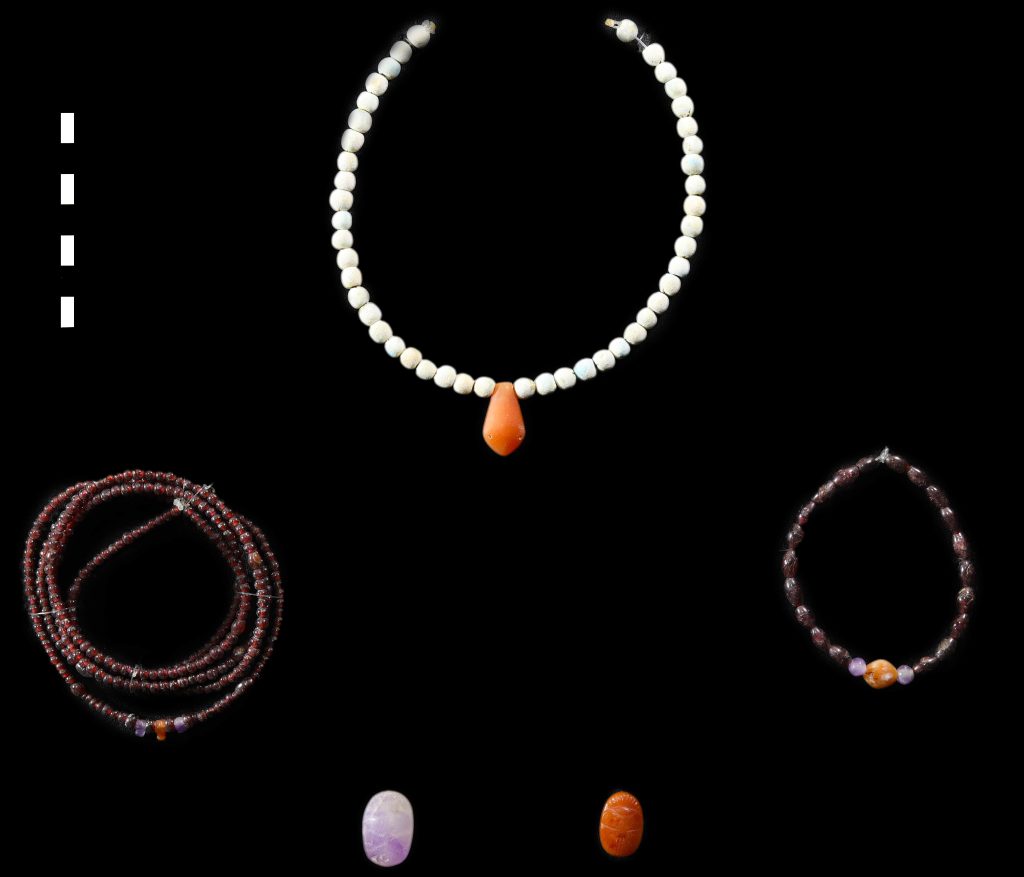
The collection of well-preserved jewelry and artifacts, along with the group of burials, offers a fascinating view into the funerary practices and symbolism of ancient Thebes, enhancing the understanding of Egyptian culture and its rituals.

